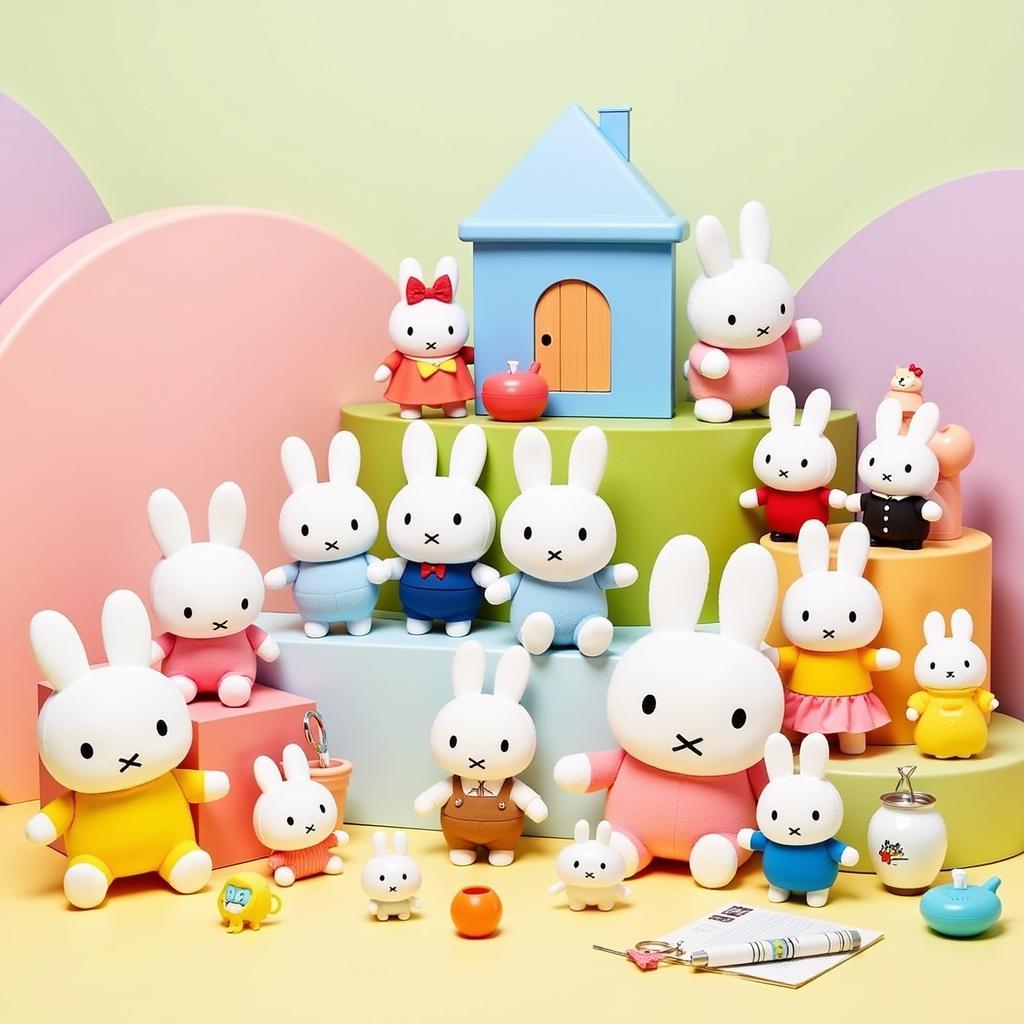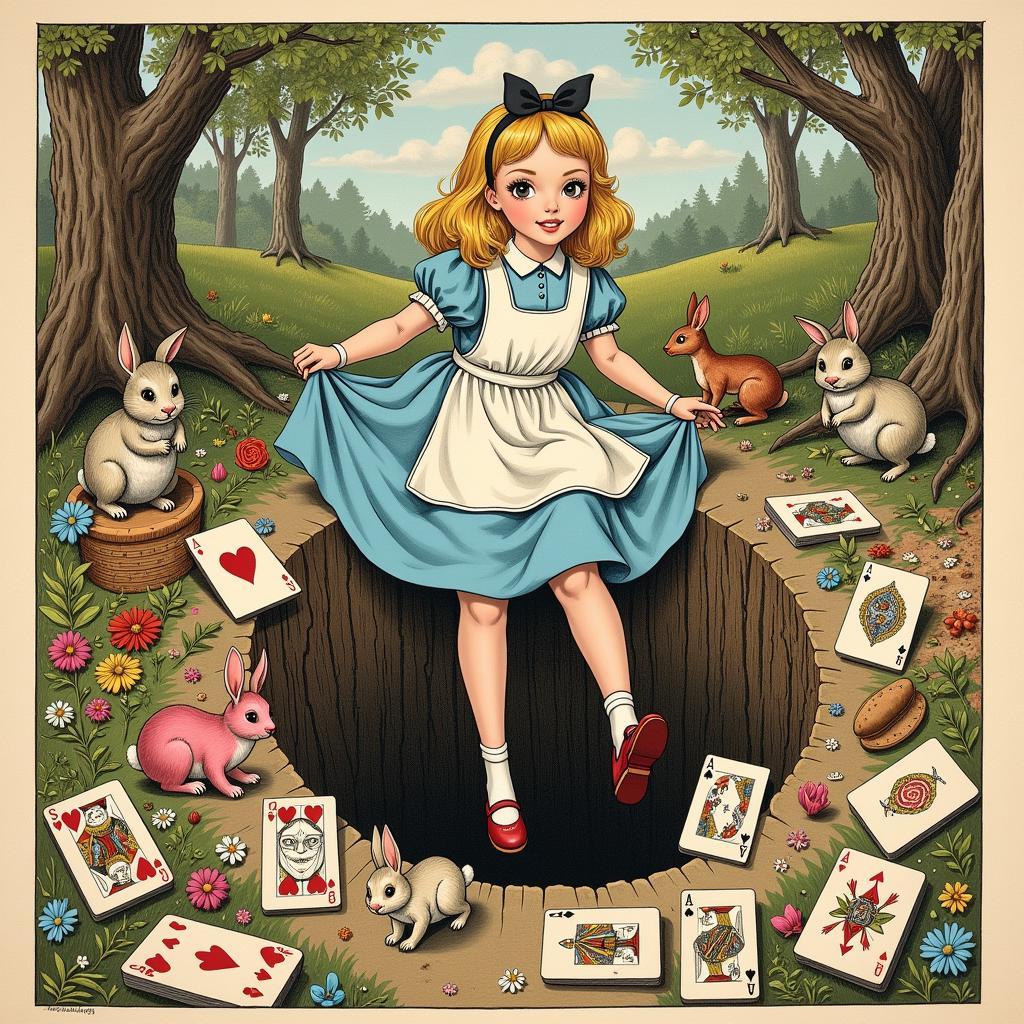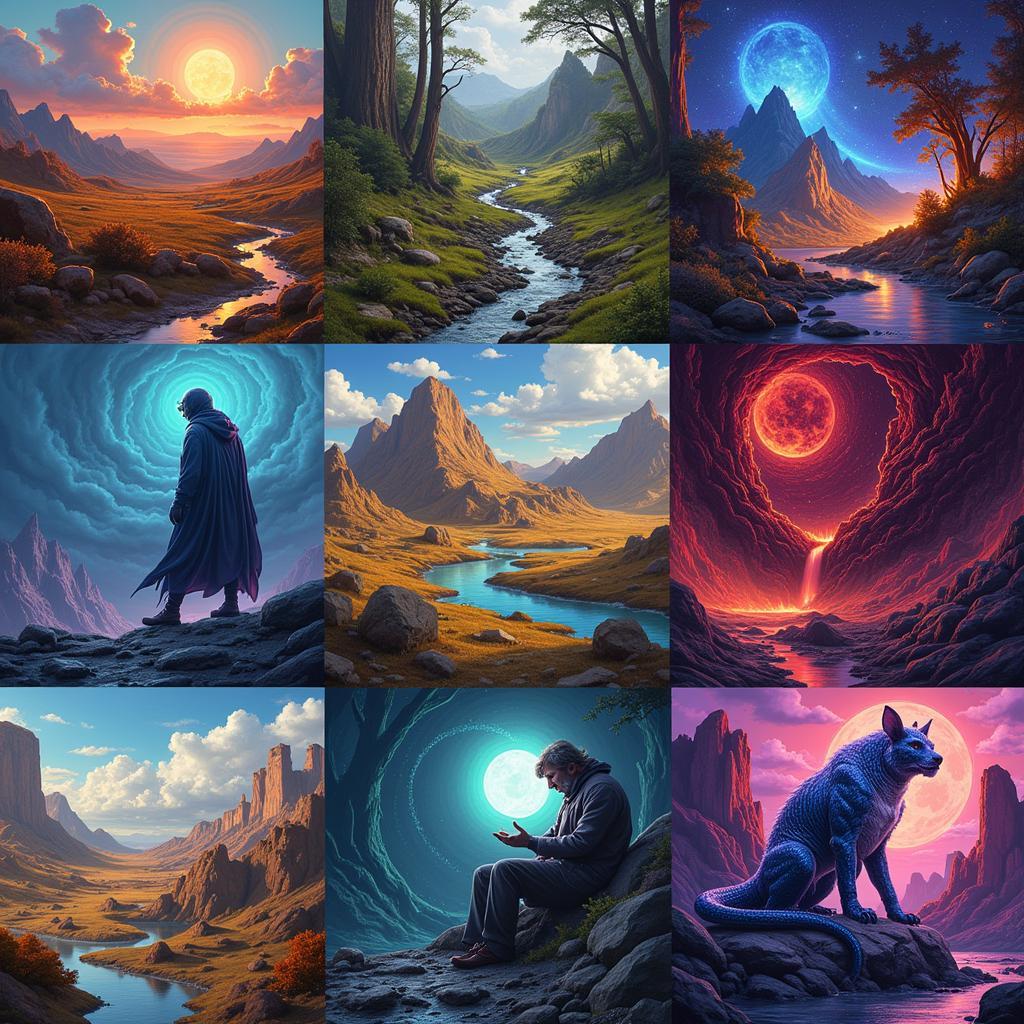Unleash Your Inner Artist: A Guide to Organ Art
Organ Art is a captivating and expressive form of art that blends the beauty of anatomical structures with the creativity of visual aesthetics. It’s a unique way to explore the intricate workings of the human body through the lens of art, and it’s gaining increasing popularity among artists and enthusiasts alike.
What is Organ Art?
Organ art is a diverse and multifaceted art form that encompasses various mediums and styles. From intricate anatomical drawings to vibrant sculptures and captivating digital illustrations, organ art celebrates the beauty and complexity of the human body’s internal systems.
Why is Organ Art So Fascinating?
There are several reasons why organ art resonates with so many people:
- Scientific Intrigue: Organ art often draws inspiration from scientific discoveries and anatomical illustrations, offering a glimpse into the hidden world within us.
- Aesthetics and Beauty: The intricate details of organs, their shapes, and textures provide a unique and visually captivating subject matter for artists.
- Symbolism and Meaning: Organs carry symbolic meaning and represent vital life functions, allowing artists to explore themes of life, death, and human resilience.
- Educational Value: Organ art can serve as a powerful tool for education, making complex anatomical concepts more accessible and engaging.
Exploring Different Styles of Organ Art
Organ art embraces a wide range of artistic styles and techniques, catering to diverse tastes and preferences.
1. Anatomical Drawings and Illustrations
This style focuses on precise depictions of organs, often showcasing their detailed structures and intricate connections. Think of classic medical illustrations with a modern artistic twist.
2. Abstract Organ Art
Abstract organ art moves beyond literal representations, exploring the emotions and symbolism associated with organs. The focus is on colors, textures, and forms that evoke a sense of wonder and introspection.
3. Sculptural Organ Art
Sculptural organ art brings the human body’s internal systems to life through three-dimensional forms. Artists use various materials, including clay, bronze, and even recycled materials, to create captivating and thought-provoking sculptures.
4. Digital Organ Art
With the advent of digital art tools, organ art has entered the digital realm. Artists utilize software to create stunning visuals, experimenting with digital painting, 3D modeling, and animation.
Tips for Creating Your Own Organ Art
If you’re inspired to create your own organ art, here are some tips to get you started:
- Study Anatomy: A solid understanding of anatomy is crucial for creating realistic and accurate organ art. Refer to anatomical illustrations, textbooks, and online resources.
- Experiment with Mediums: Don’t be afraid to experiment with different art mediums, from traditional drawing and painting to digital art and sculpture.
- Explore Different Styles: Try various styles of organ art, from realistic to abstract, to find your own unique voice and artistic vision.
- Embrace Symbolism and Meaning: Think about the deeper meanings and symbolism associated with organs, and use them to express your emotions and ideas.
Famous Organ Art Examples
Throughout history, artists have explored the theme of organs in their work. Here are a few notable examples:
- Leonardo da Vinci: Da Vinci’s anatomical drawings, particularly those of the human heart, are considered masterpieces of anatomical illustration and artistic beauty.
- Salvador Dalí: The surrealist artist often incorporated organs into his paintings, using them to explore themes of the subconscious mind and human psychology.
- Contemporary Artists: Modern artists like Damien Hirst and Marc Quinn have created powerful and thought-provoking works that explore the themes of mortality, beauty, and the human condition through organ art.
Organ Art in the Digital Age
The digital age has opened up new possibilities for organ art. Digital art platforms and tools have made it easier for artists to create stunning visuals, share their work online, and connect with audiences worldwide.
The Future of Organ Art
Organ art continues to evolve and captivate audiences worldwide. As technology advances and artistic techniques become more sophisticated, we can expect to see even more innovative and inspiring organ art in the years to come.
FAQ:
Q: Is it okay to use real organs in organ art?
A: Using real organs in artwork is a complex and sensitive topic. It’s important to consider ethical and legal implications, as well as the respect for human remains.
Q: How can I learn more about organ art?
A: Explore online galleries, visit museums with anatomical art collections, and search for books and articles on the subject.
Q: What is the best medium for creating organ art?
A: The best medium depends on your artistic preferences and goals. Try different mediums to discover what works best for you.
Q: Where can I find inspiration for organ art?
A: Inspiration can come from anywhere, including anatomy books, medical illustrations, nature, and even everyday objects.
Q: Is organ art only about the human body?
A: While organ art often focuses on the human body, it can also explore the anatomy of other organisms, such as animals or plants.
Conclusion
Organ art is a captivating and inspiring art form that blends science, beauty, and symbolism. It’s a unique and powerful way to explore the intricate workings of the human body, fostering a deeper appreciation for the wonders of life. Whether you’re an artist or simply an enthusiast, organ art offers a fascinating window into the world of anatomy and artistic expression.



